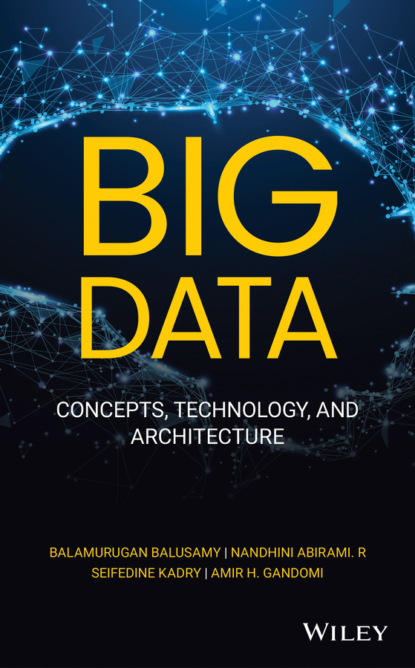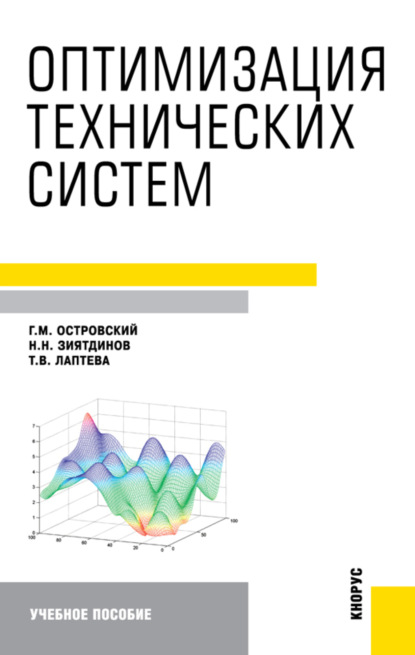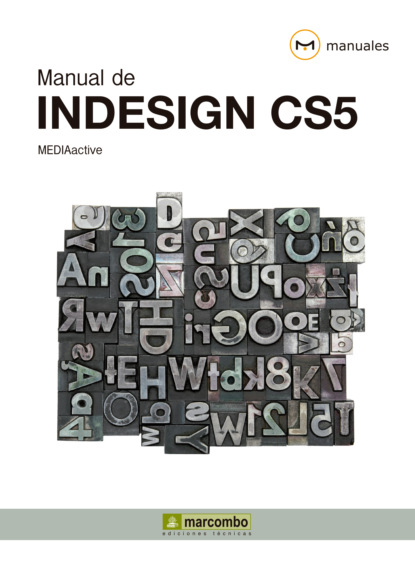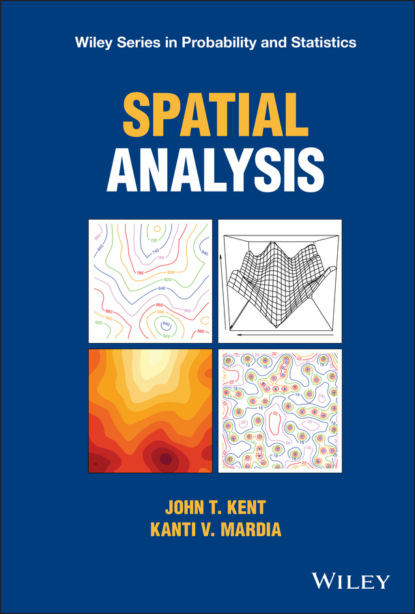Это современное введение в мощные математические и статистические инструменты, используемые в финансовой сфере. Применение математических моделей и численных методов - распространенная практика среди прикладных математиков, работающих над финансовыми задачами. Отражая эту тенденцию, книга "Численные методы в экономике и финансах: введение на основе MATLAB" делает доступным мост между финансовой теорией и вычислительной практикой, показывая читателям, как использовать MATLAB - мощную среду численных вычислений - для финансовых приложений.
Автор дает фундаментальные основы в финансах и численном анализе, а также необходимый материал для студентов как инженерных, так и экономических специальностей. Охватывается широкий круг тем, включая стандартные численные методы, метод Монте-Карло для моделирования систем со значительной неопределенностью и оптимизационные методы для нахождения оптимального набора решений.
Одной из наиболее выдающихся особенностей книги является интеграция MATLAB, который помогает студентам и практикам решать актуальные задачи в финансах, такие как управление портфелем и ценообразование производных инструментов. Это руководство полезно для связи теории и практики при применении классических численных методов и продвинутых методов, иллюстрируя базовые алгоритмические концепции конкретными примерами.
Книга предоставляет базовое введение и более специализированную литературу, а также использует алгебраические языки, такие как AMPL, для связи между формулировкой оптимизационной модели на бумаге и ее решением с помощью программной библиотеки. Предлагая практику вычислений как в инженерии финансов, так и в экономике, эта книга снабжает специалистов необходимыми методами для измерения и управления рисками.
Электронная Книга «Numerical Methods in Finance and Economics» написана автором Группа авторов в году.
Минимальный возраст читателя: 0
Язык: Английский
ISBN: 9780470080481
Описание книги от Группа авторов
A state-of-the-art introduction to the powerful mathematical and statistical tools used in the field of finance The use of mathematical models and numerical techniques is a practice employed by a growing number of applied mathematicians working on applications in finance. Reflecting this development, Numerical Methods in Finance and Economics: A MATLAB?-Based Introduction, Second Edition bridges the gap between financial theory and computational practice while showing readers how to utilize MATLAB?–the powerful numerical computing environment–for financial applications. The author provides an essential foundation in finance and numerical analysis in addition to background material for students from both engineering and economics perspectives. A wide range of topics is covered, including standard numerical analysis methods, Monte Carlo methods to simulate systems affected by significant uncertainty, and optimization methods to find an optimal set of decisions. Among this book's most outstanding features is the integration of MATLAB?, which helps students and practitioners solve relevant problems in finance, such as portfolio management and derivatives pricing. This tutorial is useful in connecting theory with practice in the application of classical numerical methods and advanced methods, while illustrating underlying algorithmic concepts in concrete terms. Newly featured in the Second Edition: * In-depth treatment of Monte Carlo methods with due attention paid to variance reduction strategies * New appendix on AMPL in order to better illustrate the optimization models in Chapters 11 and 12 * New chapter on binomial and trinomial lattices * Additional treatment of partial differential equations with two space dimensions * Expanded treatment within the chapter on financial theory to provide a more thorough background for engineers not familiar with finance * New coverage of advanced optimization methods and applications later in the text Numerical Methods in Finance and Economics: A MATLAB?-Based Introduction, Second Edition presents basic treatments and more specialized literature, and it also uses algebraic languages, such as AMPL, to connect the pencil-and-paper statement of an optimization model with its solution by a software library. Offering computational practice in both financial engineering and economics fields, this book equips practitioners with the necessary techniques to measure and manage risk.



















